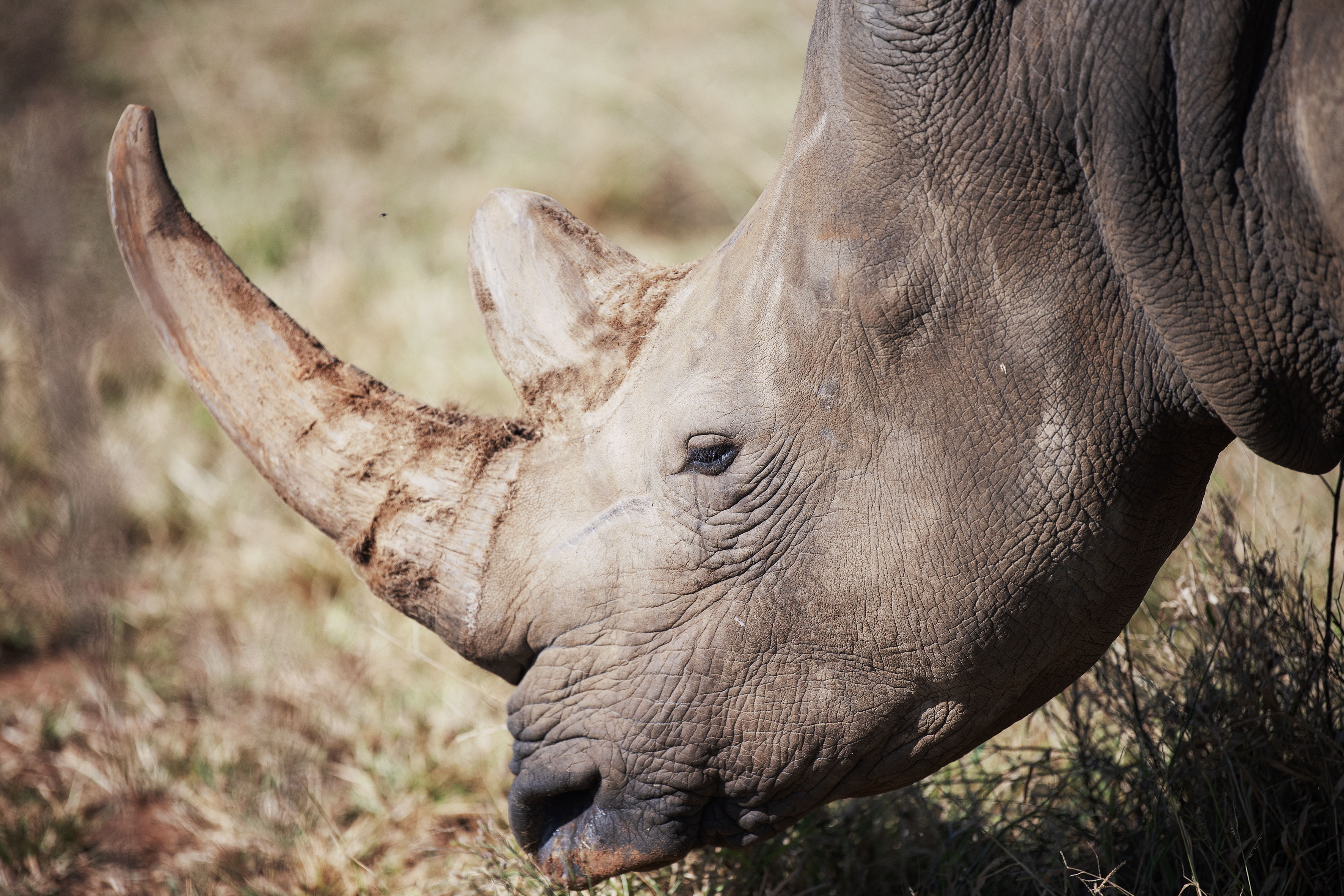Wildlife crime still a major threat, UN report shows

Although trade in a number of animal species such as elephants and rhinoceroses has reduced over the past two decades, wildlife trafficking has not yet been substantially curbed, according to the new World Wildlife Crime Report by the UN Office on Drugs and Crime (UNODC).
The report examines trends, harm, consequences and drivers of wildlife trafficking. It also evaluates the effectiveness of the fight against trafficking and provides policy recommendations.
In total, more than 4,000 wild animal species are still trafficked worldwide. Between 2015 and 2021, wild animals and plants were seized in 162 countries and territories, indicating that they were involved in illegal trade. About 3,250 of those species are endangered.
The trade not only poses a direct threat to the population of species, but can also disrupt fragile ecosystems and their functions and processes. It thus jeopardises the planet's ability to combat climate change. Crime against wildlife also threatens the socio-economic benefits people derive from nature, including as a source of income, employment, food, medicine and culture.
Large and powerful organised crime groups are often behind the trade. According to the report, they operate in some of the world's most fragile ecosystems, such as the Amazon and the Golden Triangle – broadly encompassing northeastern Myanmar, northwestern Thailand and northern Laos. They "continuously adapt their methods and routes to evade detection and prosecution, exploiting regulatory loopholes and enforcement weaknesses”.
"To address this crime, we must match the adaptability and agility of the illegal wildlife trade," said Ghada Waly, UNODC executive director. "This demands strong, targeted interventions at both the demand and the supply side of the trafficking chain, efforts to reduce criminal incentives and profits, and greater investment in data, analysis and monitoring capacities."
In the fight against illegal trafficking in elephants and rhinoceroses, a comprehensive strategy that addresses both demand and supply has yielded good results, UNODC says. There have been significant decreases in poaching, seizures and market prices for these species over the past decade.
A wild white rhino in South Africa © PHOTO LUCA SOLA / AFP
Related news
